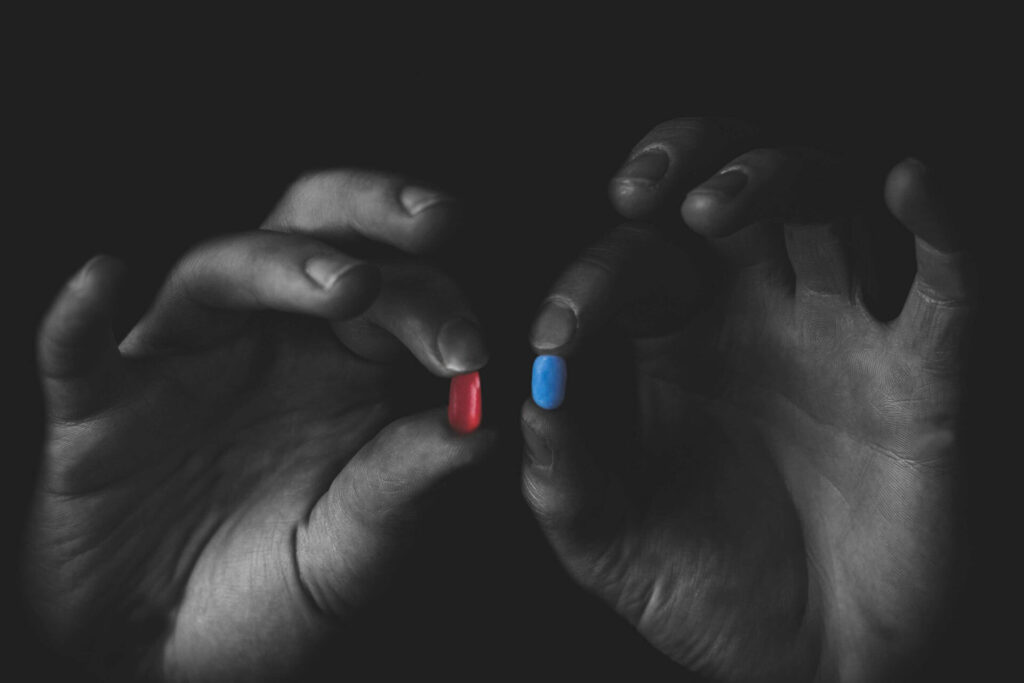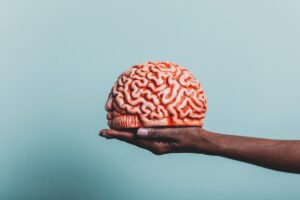Drugs are classified into four main categories depending on their use and properties. These categories are depressants, stimulants, hallucinogens and opioids. While stimulants and depressants cause different physical and mental reactions, both can be abused and lead to long-term addiction.
Let’s explore the difference between these two categories of drugs.
What is a Depressant?
A depressant is any drug or medication that slows brain activity. These include sedatives, tranquilizers and hypnotics. Legitimate use of this type of medicine includes treating anxiety, panic, sleep disorders and acute stress.
Doctors may prescribe sedatives and hypnotics to patients with sleep issues because they may stimulate drowsiness. They may prescribe tranquilizers to patients suffering from muscle disorders or anxiety.
Drugs that fall into the category of depressants include:
- Benzodiazepines: diazepam (Valium®), clonazepam (Klonopin®), alprazolam (Xanax®), triazolam (Halcion®), estazolam (Prosom®)
- Barbiturates: mephobarbital (Mebaral®), phenobarbital (Luminal®), pentobarbital sodium (Nembutal®)
- Non-Benzodiazepine Sedative Hypnotics: zolpidem (Ambien®), eszopiclone (Lunesta®), zaleplon (Sonata®)
Side Effects of Depressants
Depressants work by increasing a chemical known as gamma-aminobutyric acid, or GABA, that decreases activity in the brain.
When GABA levels increase in the brain, the user may feel a calming effect and a sense of drowsiness. Someone prescribed a depressant may initially feel sleepy or uncoordinated for a few days until their body adjusts to the medication.
Depressants can cause side effects, including:
- slurred speech
- poor concentration
- confusion
- headache
- light-headedness
- dizziness
- dry mouth
- problems with movement and memory
- lowered blood pressure
- slowed breathing
What is a Stimulant?
Unlike depressants, doctors prescribe stimulants to increase alertness, attention and energy, often in people who have attention-deficit hyperactivity disorder (ADHD) and narcolepsy. Commonly prescribed stimulants are dextroamphetamine (Dexedrine®), dextroamphetamine/amphetamine combination product (Adderall®) and methylphenidate (Ritalin®, Concerta®).
Stimulants affect a person’s body by increasing their heart rate and blood pressure. They may also cause rapid breathing for some individuals. Stimulants have been shown to boost a person’s mood.
There is the misconception that stimulants can aid someone in mental performance. They do not improve a person’s intelligence or ability to think. Instead, they speed up the brain and body to help individuals with a diagnosed mental health disorder better focus on the tasks they need to accomplish.
Side Effects of Stimulants
Stimulants affect people by increasing two neurotransmitters, dopamine and norepinephrine, in the body and brain. These two neurotransmitter chemicals create different reactions. Dopamine influences mood and reinforces the brain’s reward system. As a stress hormone, norepinephrine affects the body in more physical ways, such as constricting blood vessels, raising blood pressure and increasing heart rate, as well as stimulating blood sugar and breathing.
Potential side effects of stimulants include:
- increased blood pressure and heart rate
- increased breathing
- decreased blood flow
- increased blood sugar
- opened breathing passages
- high body temperature
- irregular heartbeat
- heart failure
- seizures
When abused, even for only a short period, stimulants may cause psychosis, anger, or paranoia.
While these two drugs serve very different purposes, they do have one factor in common: they can be addictive. If you or a loved one are concerned that your use of depressants or stimulants may be causing a significant negative impact to your life, you may be struggling with addiction. Talk to a healthcare professional about how you can seek help for these challenges.
Aftermath Addiction Treatment Center was founded by people in recovery to help others with dual diagnosis challenges. We use proven clinical and medical approaches to help people reach long-term recovery from addiction. Our treatment plans stand apart because they always begin and end with the most important ingredients: love, empathy and a sense of direction.





